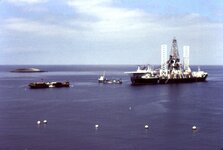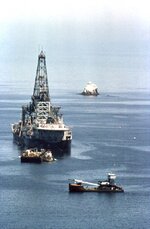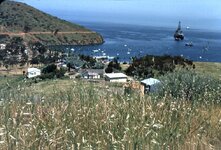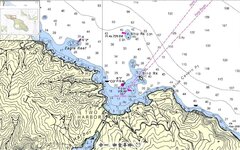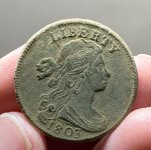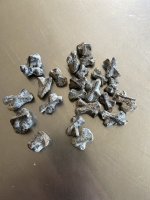Peerless67
Hero Member
I think the ship that Kenworthy was after was the ship (capitana) lost in 1600.
Juan de Velasco had recieved orders from his uncle the viceroy of Peru to escort the annual silver galleons to Panama with an additional order to persue the dutch corsairs who had arrived on the south American coast in January 1600.
The "Capitana" (I could not find the ships real name) was lost off the coast of Mexico / Santa Catalina Island, probably whilst looking for the dutch.
Juan de Velasco had 5 ships in his squad and his uncle sent a further 2 squads, one of 5 ships and one of 3 these were sent north and south to locate the corsairs (De Lint & Van Noort) who had already taken several ships including the Buen Jesus and Los Picos.
I believe the letter above was despatched by the viceroy to be delivered to his nephew or to ask that his nephew recieve any help he may need, however by the time the letter reached Manila his nephew was already dead his ship and all the crew lost.

Gary
Juan de Velasco had recieved orders from his uncle the viceroy of Peru to escort the annual silver galleons to Panama with an additional order to persue the dutch corsairs who had arrived on the south American coast in January 1600.
The "Capitana" (I could not find the ships real name) was lost off the coast of Mexico / Santa Catalina Island, probably whilst looking for the dutch.
Juan de Velasco had 5 ships in his squad and his uncle sent a further 2 squads, one of 5 ships and one of 3 these were sent north and south to locate the corsairs (De Lint & Van Noort) who had already taken several ships including the Buen Jesus and Los Picos.
I believe the letter above was despatched by the viceroy to be delivered to his nephew or to ask that his nephew recieve any help he may need, however by the time the letter reached Manila his nephew was already dead his ship and all the crew lost.

Gary



